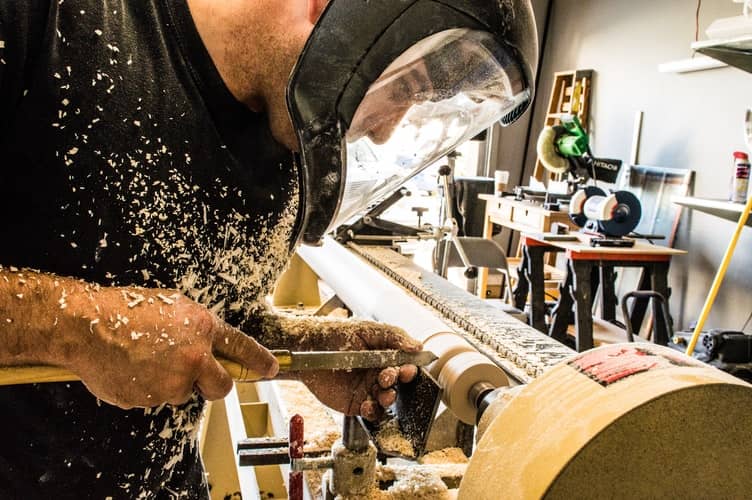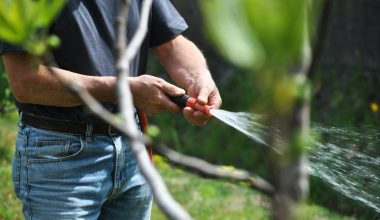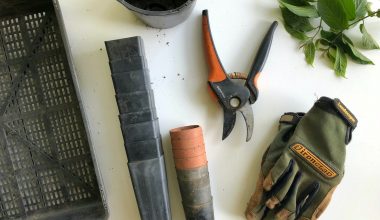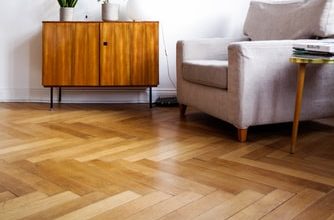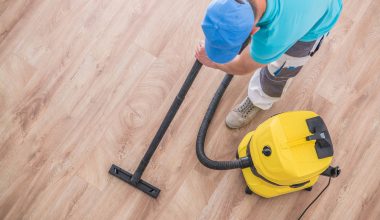Introduction
Cutting and joining wood can be dangerous, so you need to make sure you have the correct safety equipment for woodworking if you’re giving it a go. There are a few basic items you need which can make a huge difference to your safety when doing DIY.
This article takes you through the 4 important pieces of safety equipment required for woodworking. These are the basics, and they don’t have to be expensive. Before you start doing any woodworking in your workshop, you need to be prepared with this safety equipment in place. Read on to find out what you need!
1. Goggles – A Must-Have Piece Of Safety Equipment Fod Woodworking
Foremost, you need to protect your eyes. That is why googles are essential safety equipment required for woodworking. When cutting wood, splinters and dust go everywhere. If this gets into your eyes, it can cause a lot of damage. Don’t risk it: get some good goggles to avoid this!

Face Shields Add Extra Protection
If you’re using equipment such as a lathe, you need a bit of extra safety equipment for woodworking. On top of your goggles, we would recommend using a face shield. This provides an extra layer of protection for your eyes. It also stops woodchips from flying into your face, which goggles alone don’t do.
2. Masks And Respirators
Next, when woodworking, there is often a lot of debris and dust. You want to avoid getting this into your lungs, as it can cause serious medical problems. This is why you need a mask or respirator as a piece of essential safety equipment required for woodworking.
What Type Of Breathing Protection Do You Need?
There are different types of masks and respirators that are good for different woodworking situations. Dust masks are good for activities like sanding or cutting wood. They filter out any harmful particles from the wood. Respirators, on the other hand, are for filtering harmful chemicals out of the air. You should wear this if you’re working with strong glue and other chemicals.
3. Ear Protection – Essential Safety Equipment For Woodworking
Woodworking uses a lot of loud tools. These can do significant damage to your ears. Protecting your ears is not optional, and you need to take looking after your hearing seriously. Noise is measured in decibels. Sounds at 140 decibels or more cause pain and damage quickly, however, sounds at 9 decibels for a prolonged period also cause hearing loss. A lot of woodworking tools fall in the 90 decibels to 115 decibels range. So, what type of ear protection is the ideal safety equipment required for woodworking?
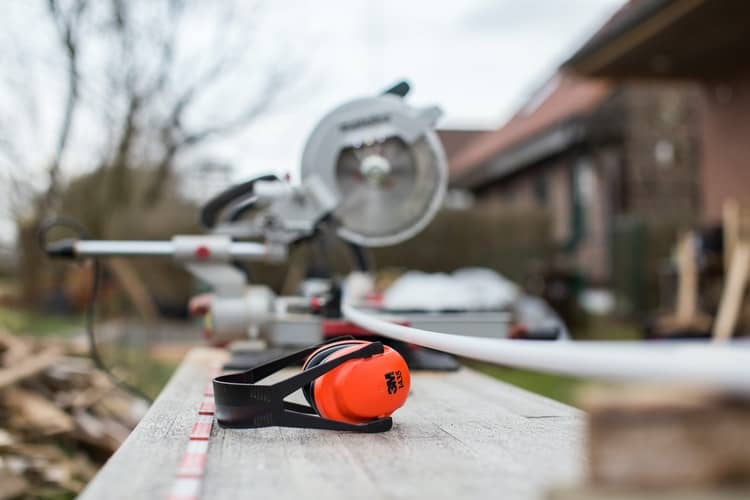
Types Of Ear Protection As Safety Equipment For Woodworking
You can generally pick from ear muffs and earplugs. Earplugs these days come in all sorts of materials and you can get some very premium ones that mold to your ear incredibly well. They are often disposable and are good for less noisy tools. If you’re a frequent woodworker or using a lot of very loud tools, go for over-ear earmuffs. These provide even more protection and can be used over and over again.
4. Sensible Clothing
Finally, although it might not be obvious at first, sensible clothing appropriate for woodworking is essential. It’s as much safety equipment required for woodworking as goggles or earmuffs. Avoid baggy, loose clothing that can get caught in machines. Opt for comfortable, fitted styles with long legs and sleeves to protect your skin. Get some strong steel-toed boots or shoes to prevent damage if anything drops on your feet. Get a good apron if you’re using a lathe.
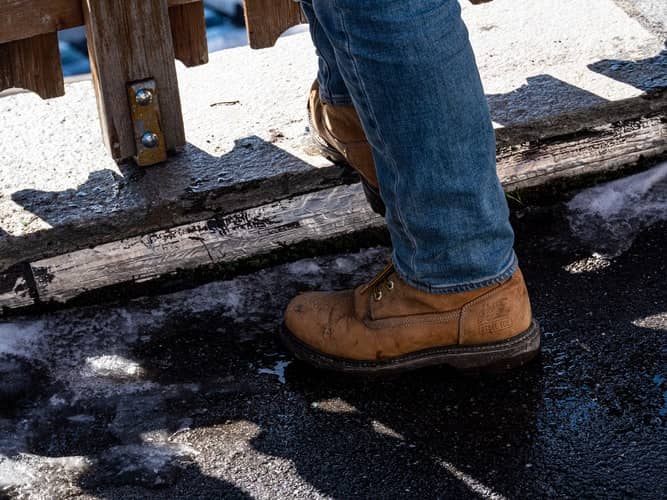
Conclusion
So, you only need a few basic pieces of safety equipment for woodworking. However, they make all the difference to your safety. Make sure you get everything you need before you have a go at one of our woodworking projects, like a bunk bed or herb planter box!
